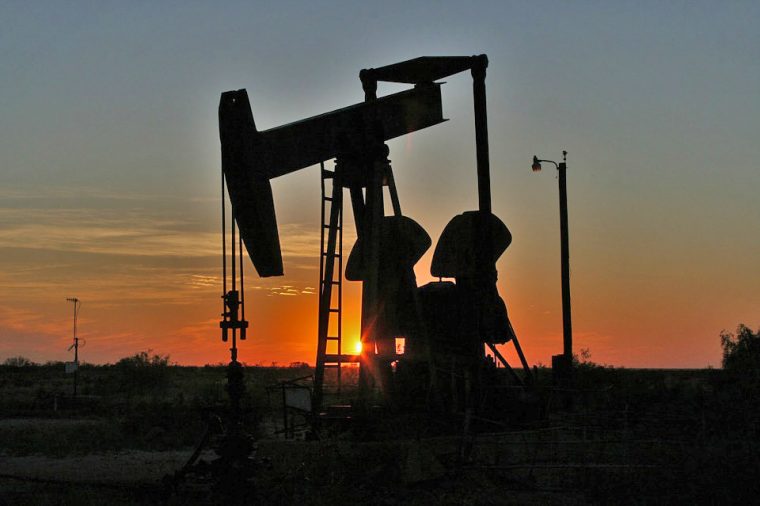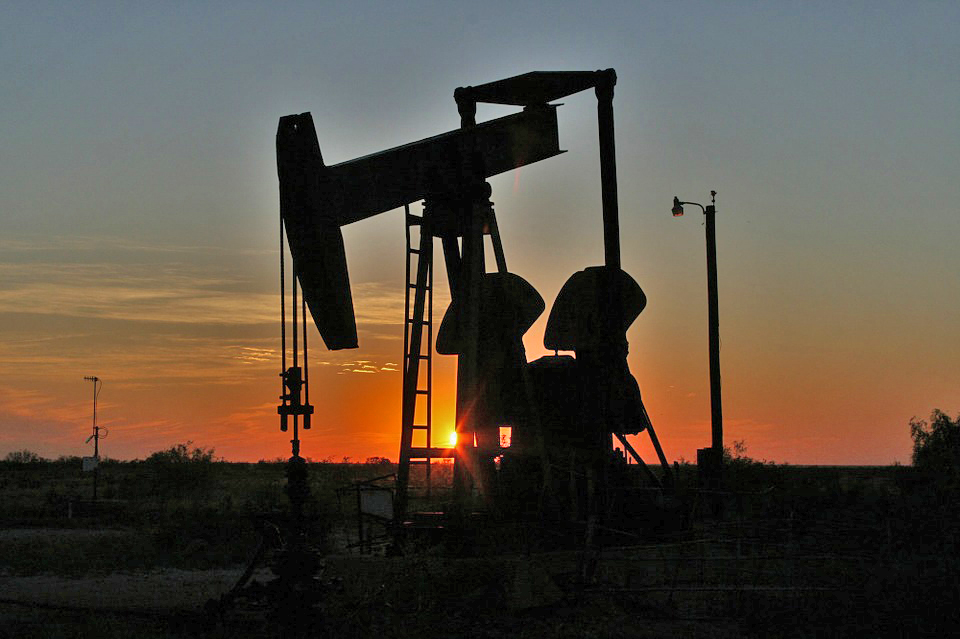
Texas is on a course to build the state’s longest oil pipeline in almost a decade. Financing for the 730-mile oil pipeline has been secured and although a construction start date has not been announced, the plan is for the project to be completed by 2019.
The Eagle Ford, Permian, Ingleside and Corpus (“EPIC”) pipeline carries a $1 billion price tag and is being paid for by private equity investors. When completed, it will be capable of carrying approximately 440,000 barrels of crude oil and condensate daily from the Permian Basin Shale field in West Texas to the Corpus Christi region. Eagle Ford connections to the pipeline could increase the number of barrels per day to 590,000. The EPIC pipeline will be the second line to connect the Permian Basin to Corpus Christi. It will join the Cactus Pipeline, which will soon carry 390,000 barrels per day.
 Energy experts are predicting more pipeline projects in the United States. President Trump has been vocal about his support for oil and gas projects and most believe there will be many projects similar to the one in Texas.
Energy experts are predicting more pipeline projects in the United States. President Trump has been vocal about his support for oil and gas projects and most believe there will be many projects similar to the one in Texas.
The EPIC pipeline is more than half the size of the Keystone XL Pipeline extension. In early January, Trump streamlined the permitting process for the Keystone project and it appears to be on a fast track. Trump’s proposed rollback of a number of environmental regulations is expected to spur even more investment in new pipeline construction in the U.S. According to a White House spokesperson, Trump’s executive order regarding pipelines was aimed at improving the nation’s economic growth and creating jobs.
The Keystone project will be a little over 1,100 miles long from Canada into Nebraska, and will be capable of transporting up to 830,000 barrels of crude oil per day. There are more than a half dozen other new oil and gas pipeline projects currently under construction or in planning stages. Two natural gas pipeline projects to watch – the $2.5 billion Mariner East 2 pipeline that will move natural gas liquids from the Marcellus Shale to a processing plant near Philadelphia, and the $3 billion Sabal Trail, a 515-mile line from Alabama to Florida – are especially interesting because of their size. Another project, the 148-mile Trans-Pecos pipeline that will carry 1.4 billion cubic feet of natural gas to Mexico is more than 90 percent complete and costs are estimated at $770 million.
Those projects represent an abundance of investment capital and the creation of thousands of new jobs, but a huge problem is looming. Construction and engineering firms are already loudly proclaiming that they cannot find enough workers. There is a critical shortage of trained construction workers throughout the U.S. and Trump’s immigration policies will deplete the inadequate pool of workers significantly.
Across the country, there are 1.4 million fewer people employed in construction today than there were in 2007. Currently, data reports that about 6.8 million workers are employed in construction in the United States. Other data indicates that the U.S. needs as many as 500,000 more construction workers. Immigration policy changes being made by the new administration could increase that number by another 200,000 in the near future.
Undocumented workers, unfortunately, make up a large portion of the country’s construction labor pool. Many have honed their skills over decades in the U.S. Bloomberg has reported that there are at least 1.1 million undocumented construction workers in the U.S. With that reality in mind, it’s sobering to question what will happen if a large percentage of these workers suddenly disappear.
Private capital is standing ready…funding will be the easy part. Public leaders have already started launching large projects. But, with the U.S. job market almost at full employment and construction workers in short supply, companies are at a loss when it comes to finding workers.
The new administration and members of Congress from both parties are scrambling to design a program for infrastructure reform which will trigger even more large public projects. Here’s hoping they are also factoring in the construction labor shortage problem as they develop other sweeping policies. Many see a perfect storm in the making.
SPI’s newsletters are excellent sources of government procurement information. Subscribe here.
